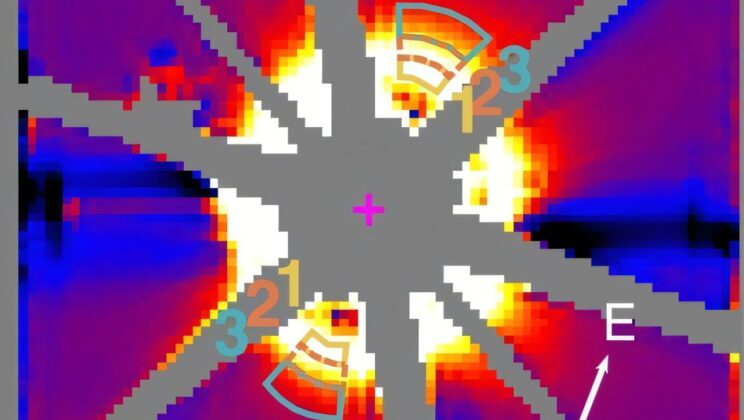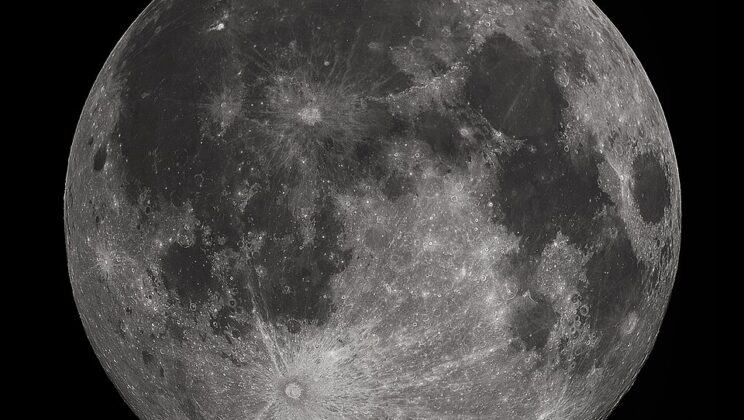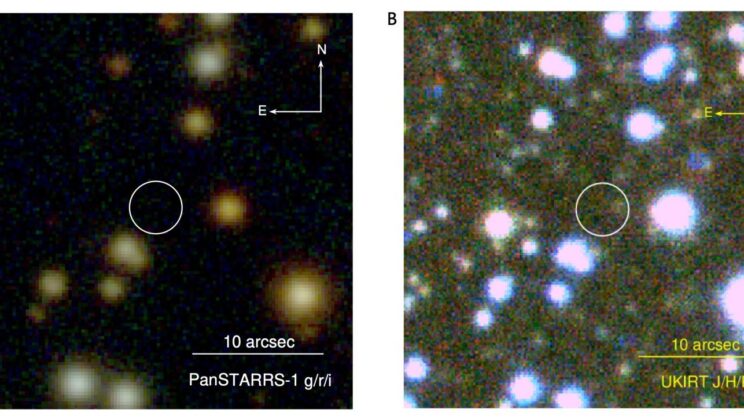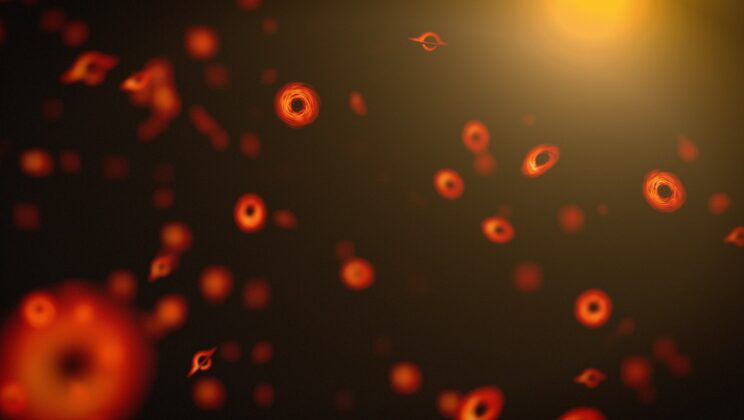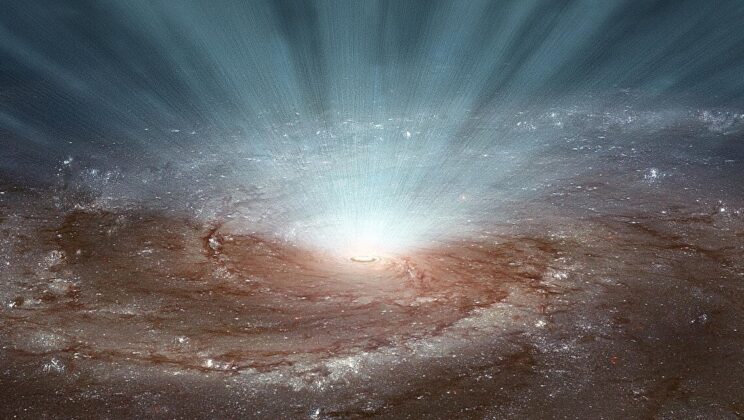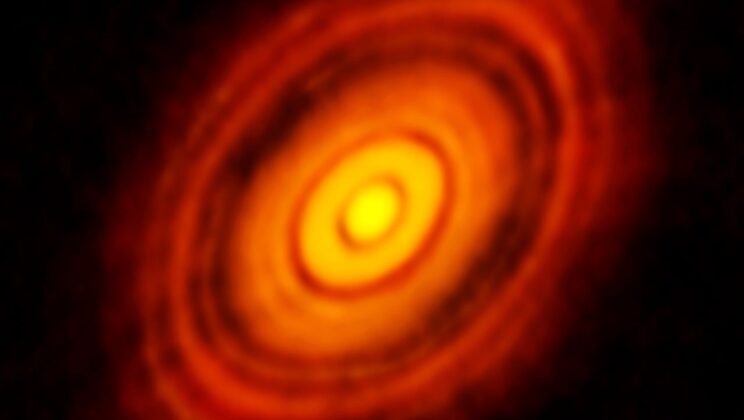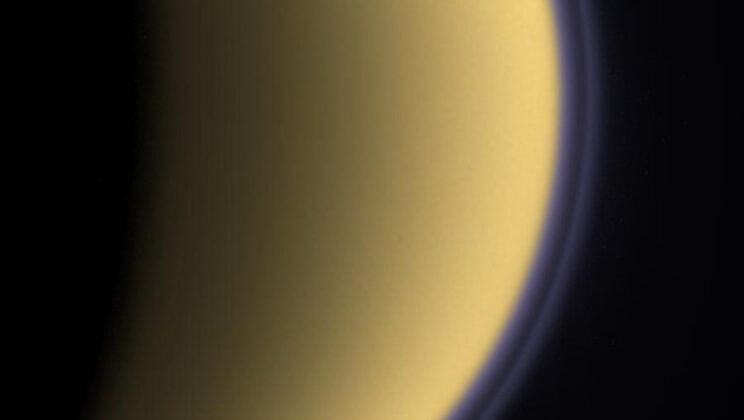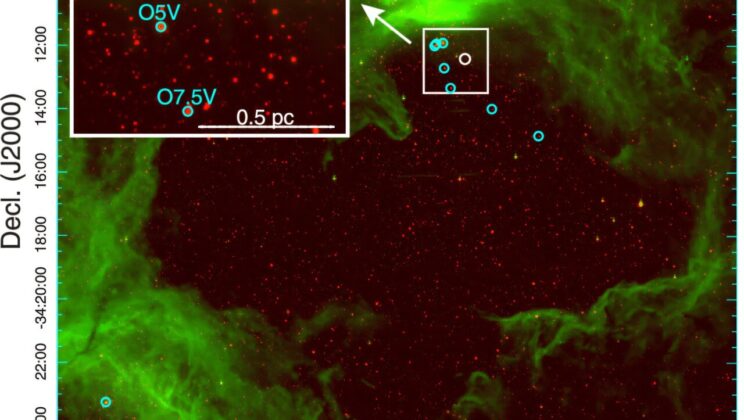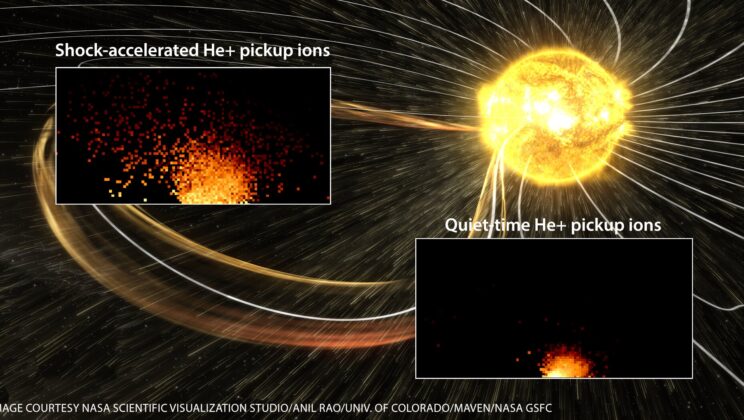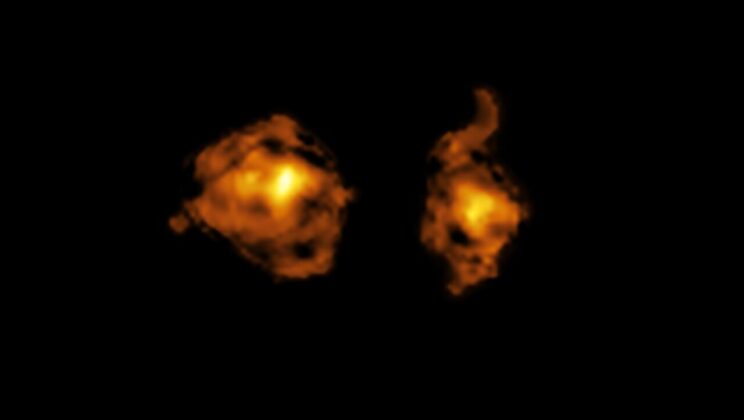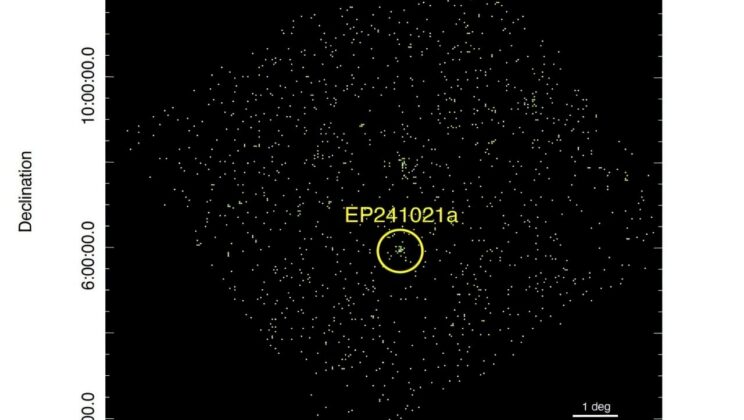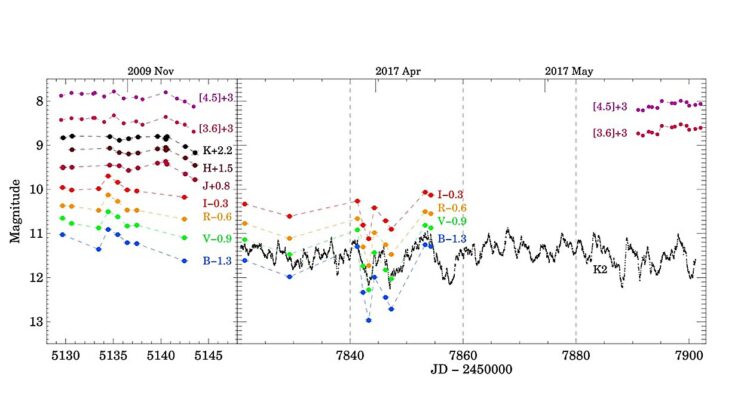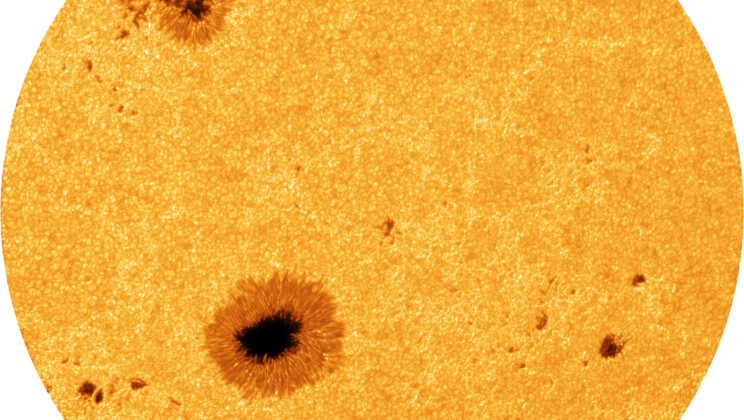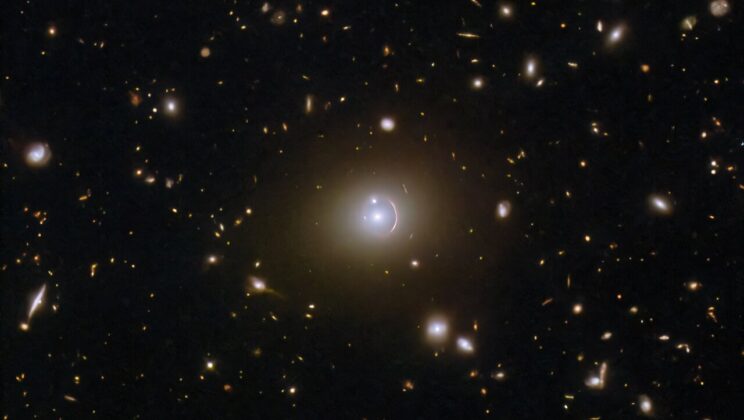In a universe of blazing stars and searing galaxies, it’s easy to forget that some of the most significant ingredients…
Category: Astronomy
Where Did the Moon’s Magnetism Go? The Violent Secret Written in Lunar Stone
The Moon, so often a symbol of stillness and silence in the night sky, has long held a secret deep…
Signals from the Stars? The Murky Mystery of Life on K2-18b
It was the kind of discovery that sets imaginations ablaze. On April 16, 2025, a team of researchers led by…
Astronomers Uncover Pulsar Locked in a Furious Dance with a Helium Star
In the boundless canvas of the cosmos, some of the universe’s most spectacular stories unfold in silence—hidden in pulses of…
Primordial Black Holes May Be the Hidden Face of Dark Matter
More than eighty years after the idea of dark matter was first floated to explain puzzling galactic motions, we still…
This Ancient Galaxy Shouldn’t Exist but Its Structure Mirrors the Milky Way
In the vast cosmic wilderness, more than 11 billion years in the past, when the universe was still young and…
Black Hole Winds Could Be Firing the Universe’s Most Powerful Particles
High above our heads, a storm is raging—one that we cannot see, touch, or hear, but which has captivated the…
Astronomers Find Rare Giant Planet Orbiting an Unlikely Star
In the grand cosmic game of planetary discovery, most eyes are on the stars—bright, massive, and full of drama. But…
A New World Emerges at the Edge of the Solar System
On the outermost fringes of the solar system—far beyond the icy dominion of Neptune, in a region once thought nearly…
Magnetic Secrets of Stars May Point to Lost Planets
High in the heavens, pairs of stars drift together like celestial twins, born from the same cloud of gas and…
Scientists Uncover Strange Gyroscopic Motion in Titan’s Sky
Deep in the frigid expanse of the outer solar system, Saturn’s largest moon, Titan, cloaks itself in golden haze and…
Ancient Galaxy Discovered Just 280 Million Years After the Big Bang Shocks Astronomers
It’s 280 million years after the Big Bang. The universe is dark, just beginning to light up with the first…
New Worlds Rise in the Harshest Corners of the Galaxy
Across the vast stretches of our galaxy lie glowing nurseries of stars—tumultuous regions where gravity gathers clouds of dust and…
Alien Particles from Deep Space Get Supercharged by the Sun
Every day, our solar system is bathed in a quiet, invisible rain of particles that don’t come from the Sun,…
Astronomers Capture a Cosmic Joust Between Two Colliding Galaxies
In the vast, ancient darkness of the cosmos, two galaxies have locked themselves into a dramatic and violent celestial dance.…
Einstein Probe Detects a Cosmic X-ray Burst That Defies Explanation
In the ever-unfolding drama of the cosmos, where titanic energies collide in silence and the birth and death of stars…
Young Star in Chaos: DR Tauri’s Wild Light Show Reveals the Drama of Stellar Birth
Deep within the celestial nursery of the Taurus star-forming region, approximately 610 light-years from Earth, a young star named DR…
Solar Telescope Captures the Hidden Complexity of the Active Sun
The Sun—our cosmic furnace, life-giver, and at times, an unruly force—has always held a central place in human imagination and…
Jupiter Was Twice Its Size at Birth and Changed the Solar System Forever
Long before Earth formed its first oceans, long before Saturn donned its icy rings, and long before life flickered into…
Hubble Captures a 19.5-Billion-Light-Year-Old Einstein Ring
The cosmos, with all its grandeur and mystery, occasionally bends to our curiosity — quite literally. The Hubble Space Telescope,…
Starlight Silhouettes Reveal Hidden Satellite Shapes in Earth Orbit
The sky above us is not empty. Thousands of satellites circle Earth in low Earth orbit (LEO), some dutifully beaming…
The Mystery of Puli: Chasing Ghosts Among the Stars with Transit Timing Variations
In the quiet reaches of the sky, in a constellation quaintly known as Canes Venatici—the Hunting Dogs—two celestial bodies move…
